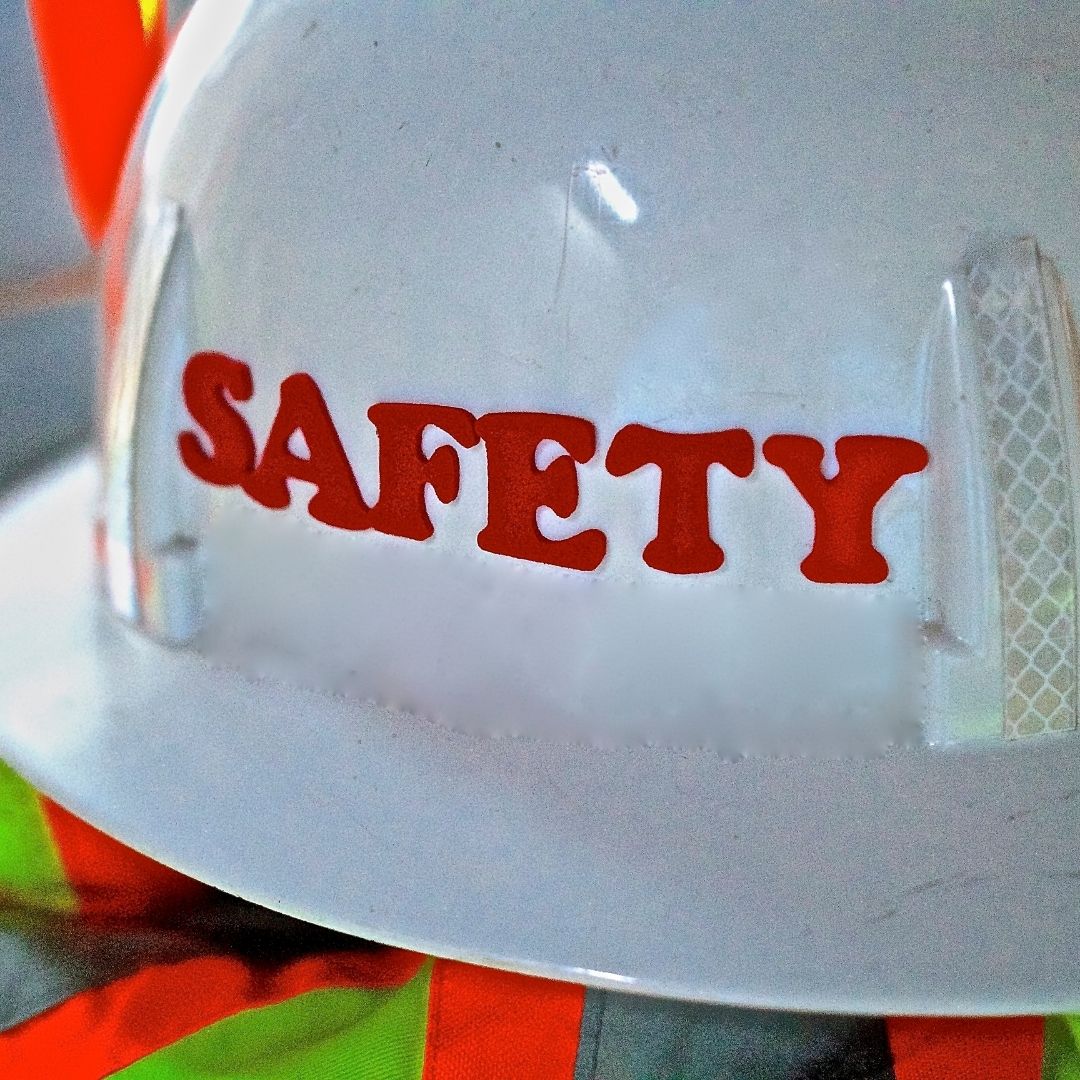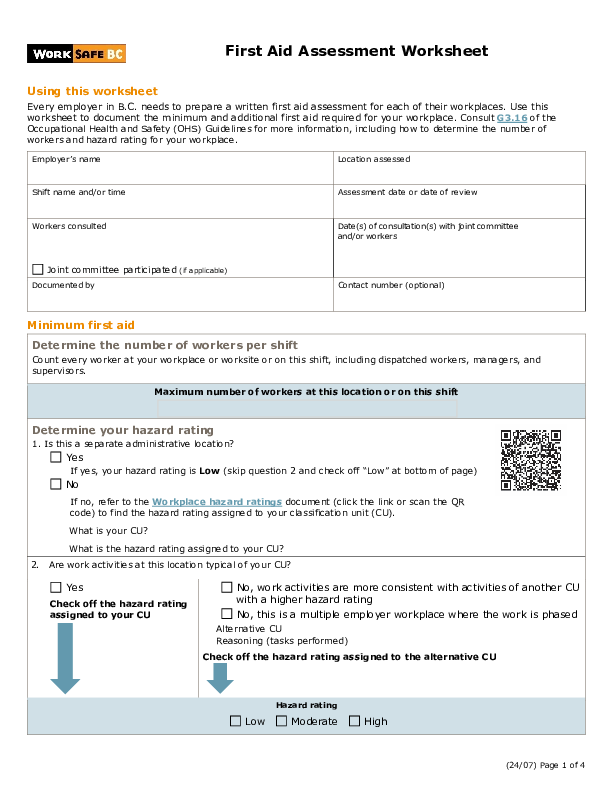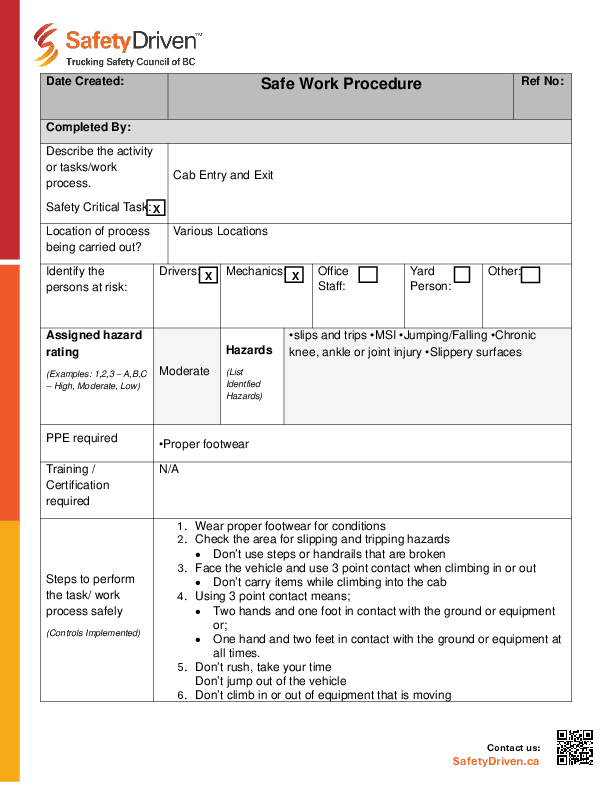
The Importance of Developing a Safety Culture on the Job Site
“Safety culture” is one of those phrases that you might hear often in today’s working world, especially when talking about work in construction and the trades.
Most companies claim to have a safety culture, but how many can say that they truly walk the walk when it’s time to make the tough choices that protect workers’ health and safety?
Your workers might have hard hats, but are they properly sized and fitted? You might have a safety report system, but do workers feel truly protected from retaliation if they report safety problems? You might have toolbox talks, but do workers consider them to be an essential part of their ongoing work?
If you’re interested in developing a real safety culture on your job sites that involves more than just checking the boxes, read on. We’ll talk about the reasons why it’s so important to grow your safety culture systematically from both the top-down and the bottom-up, and we’ll discuss the messages that workers need to hear coming from all levels of your organization.
#1: Safety Culture Protects Your Employees
Every business depends on its people for its existence. For a contractor, your people are the ones who put in the hard work every day to build, dig, paint, pour concrete or whatever other tasks they take on to make sure the job gets done. Those people are the ones on the front lines, and safety culture is designed to make sure they all go home safe and sound when the day is done.
In a strong safety culture, employees look out for each other and have each other’s best interests in mind. A company that has grown an effective safety culture can often be less heavy-handed about enforcing safety from the top down because the people on the ground are proactive about maintaining safety standards. Protecting your employees must always be priority number one, and any safety culture worth the name will recognize that.
#2: Safety Culture Protects Your Reputation
Every business wants to have a strong and well-respected reputation in their community because that reputation is a major part of what will help you secure contracts and connections. A robust safety culture helps develop your business’s image as a responsible contributor to your community and a guardian of your workers’ well-being.
It only takes one major accident to do severe damage to a business’s reputation. That’s why it’s so important that your safety culture includes consistency as its cornerstone. Workers need to focus on getting the safety protocols right every time and never functioning on autopilot when lives are at risk.
#3: Safety Culture Protects Your Property
As we said before, an effective safety culture places human life and wellness as the number one priority. But it’s also true that it helps protect valuable investments such as equipment and materials. When workers observe the right safety precautions, it helps lower the chance of accidents that can harm these critical assets.
Every construction site is full of specialized and valuable tools and materials, so workers need to learn how to use them with an eye toward safety first. Integrating safety culture from the very beginning as a key part of the training will help employees understand the relationship between protecting key business assets and protecting human life.
#4: Safety Culture Protects Your Productivity
Accidents and safety violations can be major sources of lost productivity. Nothing grinds productivity to a halt like a safety incident, and a single incident can cost days of work in cleanup, repairs and investigations. Cost overruns and delays often follow.
Thus, employees need to see that safety and productivity aren’t opposites to balance. Rather, productivity is a direct outcome of safety. To achieve an optimized state of productivity, every safety piece needs to be in place and every worker and manager needs to be committed to maintaining high standards.
#5: Safety Culture Protects Your Business
Personal injury and workplace negligence lawsuits can have tremendously negative effects on a contracting business. Financial penalties from regulators can be large, and that’s not even counting the potentially astronomical costs of insurance and workers’ compensation for a business that fails to take the right safety precautions. A contracting firm might even lose its license for, particularly egregious violations.
Thus, workers need to understand that the very existence of the company that employs them is intimately connected with their adherence to safety standards. Even the largest contracting firms are made of many actors making decisions about safety, and every decision those people make adds up to a safety culture.
Tips for Growing and Improving Your Safety Culture
We’ve talked about some of the messages that need to be communicated to create a safety culture. Now let’s look at some of the most important things that every business should be doing to develop a safety culture of its own:
– Know the rules of job site safety from regulatory agencies like OSHA, including special rules that apply to your specific trade or sector. However, remember that these rules are the bare minimum, and your business should always be considering ways to go above and beyond what the law requires.
– Find ways to bring different departments into a dialogue about safety, from the budgeting department allocating funds for hi vis clothing to the workers on the job site themselves. Workers at every level of your business must know that everyone else is working toward the same goal, and siloing, or isolating, doesn’t make anyone safer.
– Make sure that employees have a discreet and effective way to anonymously report safety violations. Every employee should know that they have a direct channel to someone who will listen when they’re concerned about job site safety.
– Emphasize safety training as a regular and continuous aspect of work rather than a one-and-done occasion during onboarding. Schedule regular safety refresher training and require employees to attend them periodically.
Safety culture should be a primary concern for any contractor. The more commitment workers see coming from the upper levels, the more they’re likely to display on the ground. Most of all, safety culture requires true collaboration across levels, departments and roles.
Stay up to date and sign up for our safety newsletters for topics on Joint Health and Safety Committees, Risk Assessment, and more!
Latest Resources
First Aid Assessment Worksheet
Every employer in B.C needs to prepare a written first aid assessment for each of the ...
Safe Work Procedure: Cab Entry & Exit
An Employer can make use of a safe work procedure (SWP) by training new and existing ...

